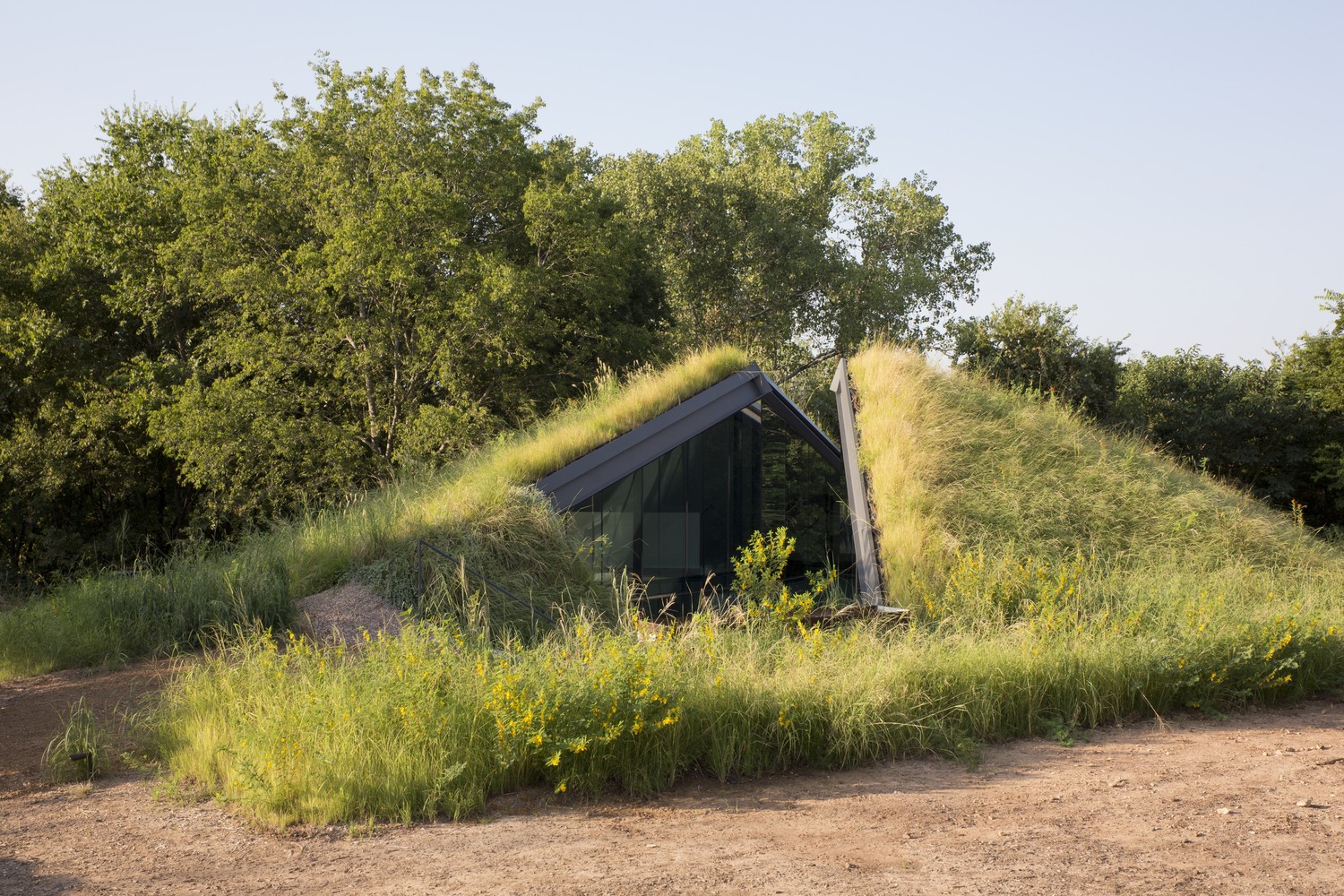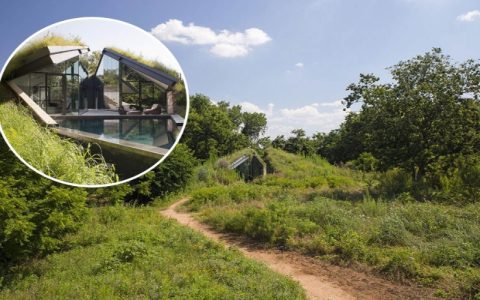Modern underground architecture redefines spatial design by merging sustainability with striking aesthetics. Key trends prioritize minimal environmental impact, innovative lighting, and multi-functional subterranean spaces.
Residential Innovations
Homes increasingly utilize earth-sheltering for thermal efficiency. Popular designs include:
- Courtyard Integration: Central atriums or light wells flood basement levels with natural light, reducing reliance on artificial lighting.
- Green Roofs: Earth-covered roofs with native vegetation enhance insulation and camouflage structures within landscapes.
- Modular Construction: Prefabricated concrete shells accelerate build times while ensuring structural integrity against soil pressure.
Hospitality & Commercial Applications
Hotels leverage underground spaces for immersive experiences and operational efficiency:

- Thermal Stability: Subterranean spas and wine cellars maintain consistent temperatures year-round, cutting energy costs.
- Seamless Transitions "Invisible entrances" via sloped terrain create dramatic reveals between above-ground lobbies and underground suites.
- Acoustic Optimization Earth-insulated walls in underground concert venues or libraries provide superior sound control.
Engineering & Material Breakthroughs
Critical advancements mitigate traditional challenges:
- Waterproof Membranes: Multi-layer polymer systems prevent moisture ingress while allowing soil gas ventilation.
- Structural Robotics: 3D-printed reinforced concrete walls enable complex curved geometries with reduced excavation waste.
- Hybrid Ventilation: Energy recovery ventilators coupled with solar chimneys ensure air quality without compromising efficiency.
Sustainability Integration
Underground designs now incorporate regenerative features:
- Geothermal heat exchange systems harness stable subsurface temperatures for heating/cooling.
- Rainwater harvesting through permeable surface layers reduces runoff.
- Phase-change materials within walls store thermal energy, flattening peak load demands.
As urbanization intensifies, these trends demonstrate how below-grade spaces offer viable solutions for density challenges, energy resilience, and experiential design.






